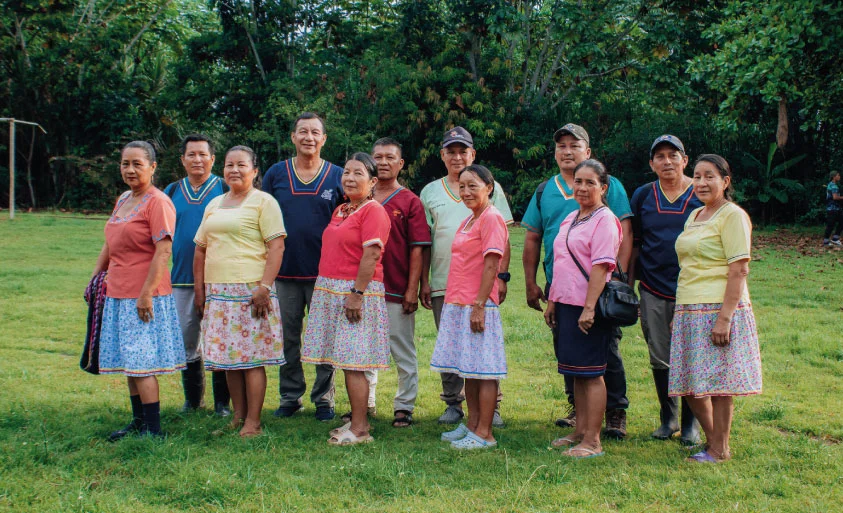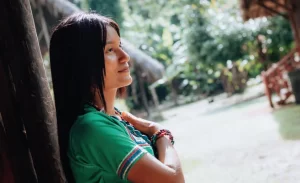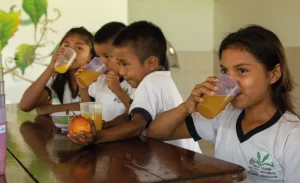Introduction
The Ecuadorian Amazon is one of the most biodiverse ecosystems in the world and a refuge for thousands of plant and animal species. However, it faces constant threats due to deforestation, poaching, and climate change. Amid these challenges, the Kichwa Añangu Community has become a conservation leader, implementing sustainable strategies to protect the rainforest and its biodiversity.
In this article, we explore the crucial role this community plays in preserving the Amazon and how their ancestral knowledge, combined with modern practices, is making a difference.
The Kichwa Añangu Community: A Conservation Model
🌿 Ancestral Knowledge Serving Nature
The Kichwa Añangu have lived in harmony with the rainforest for centuries. Their deep respect for nature and traditions has enabled them to preserve vast areas of virgin rainforest. Their key practices include:
-
Sustainable use of natural resources.
-
Protection of key species in Amazonian biodiversity.
-
Farming and fishing techniques that do not disrupt ecosystems.
🛑 Protected Areas: A Commitment to the Future
In an unprecedented decision, the Kichwa Añangu Community declared their territory a conservation and ecotourism zone, banning hunting, fishing, and logging across 21,400 hectares of rainforest. This initiative has led to:
-
Recovery of endangered species such as the giant otter and jaguar.
-
Growth of sustainable tourism as an economic alternative.
-
Protection of essential water sources for biodiversity.
Conservation Initiatives in the Community
📍 Wildlife and Flora Monitoring
The inhabitants of Añangu, in collaboration with scientists and biologists, conduct continuous monitoring of key species. Through the use of camera traps and field studies, they have achieved:
-
Identification of over 600 bird species within their territory.
-
Increase in populations of large mammals, such as tapirs and woolly monkeys.
-
Collection of valuable conservation data for global research.
📍 Environmental Education and Awareness
The community also promotes educational programs to raise awareness among younger generations about the importance of conservation. These programs include:
-
School workshops on biodiversity and sustainability.
-
Talks with tourists to foster respect for the natural environment.
-
Reforestation activities with children and young people.
📍 Ecotourism: A Sustainable Alternative
The Napo Wildlife Center, an ecolodge managed by the community, is an example of responsible tourism. Through this project, visitors can:
-
Explore the rainforest in an environmentally respectful way.
-
Learn firsthand about the community’s conservation practices.
-
Financially contribute to the sustainable development of the Kichwa Añangu.
Positive Impact of the Community on Conservation
The efforts of the Kichwa Añangu Community have produced significant results:
-
Over 5,000 hectares protected from deforestation and illegal hunting.
-
Reduced environmental impact thanks to ecotourism initiatives.
-
Creation of sustainable jobs, benefiting over 200 local families.
How You Can Help Protect the Amazon
Protecting the rainforest is a shared responsibility. You can help by:
-
Visiting ecotourism destinations that support indigenous communities.
-
Donating to organizations working on conservation efforts.
-
Sharing information on the importance of the Amazon rainforest.
Conclusion
The Kichwa Añangu Community is a clear example that conservation is possible when respect for nature, ancestral knowledge, and sustainable strategies come together. Their work not only protects Amazonian biodiversity but also inspires other communities to follow their path.
🌱 Want to be part of the change? Share this article and support initiatives that protect the Amazon.



